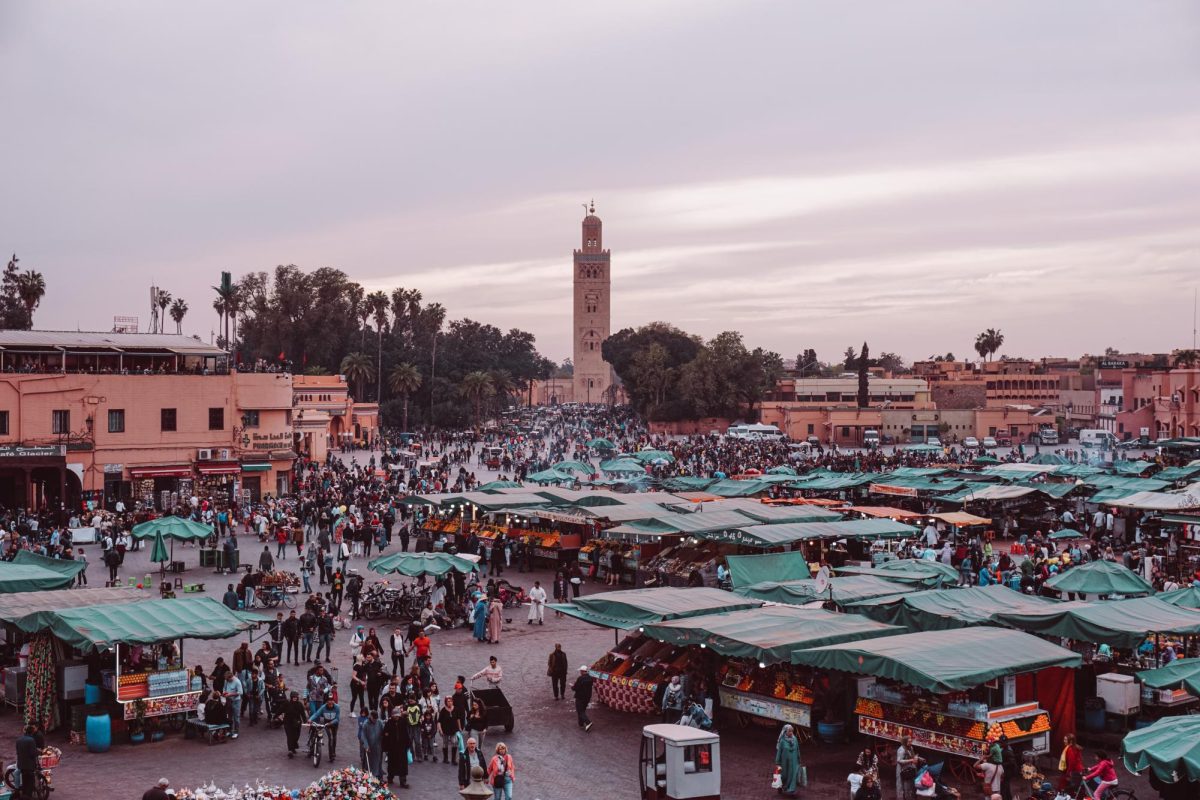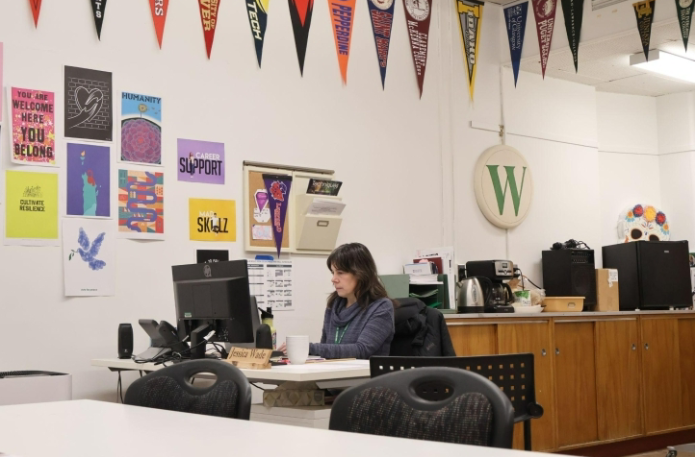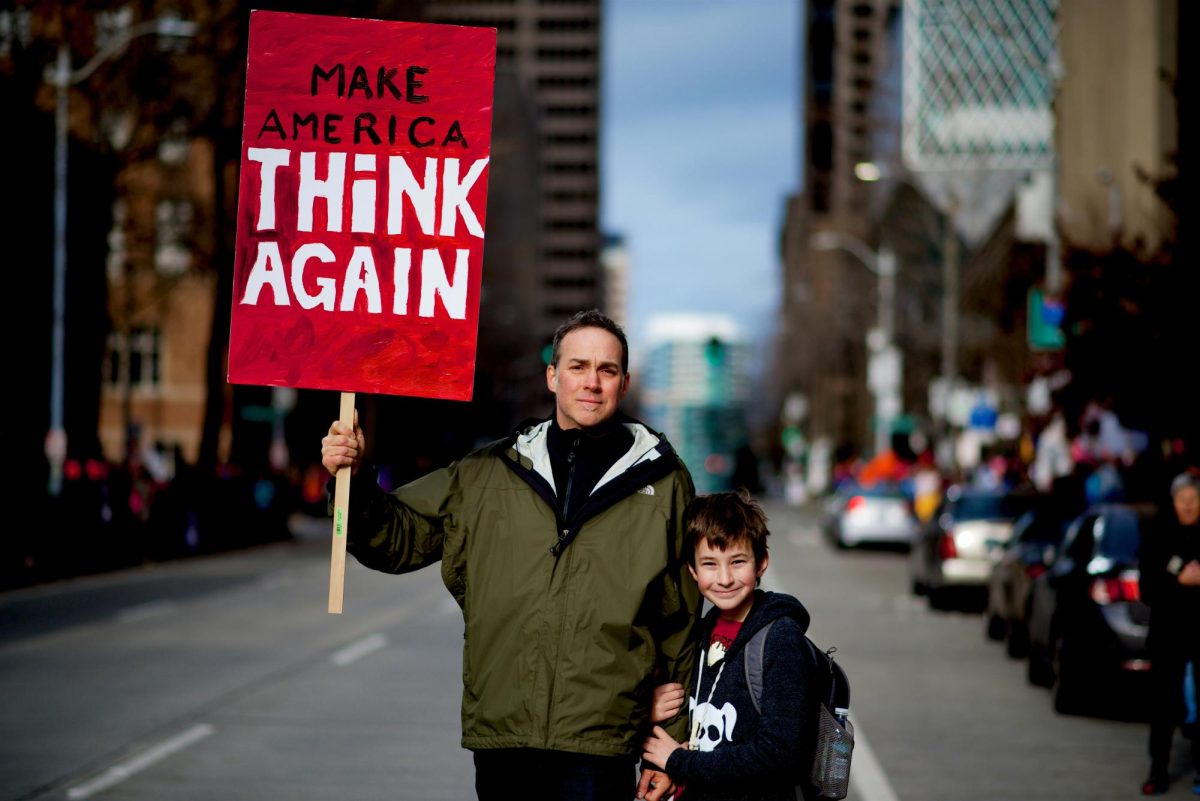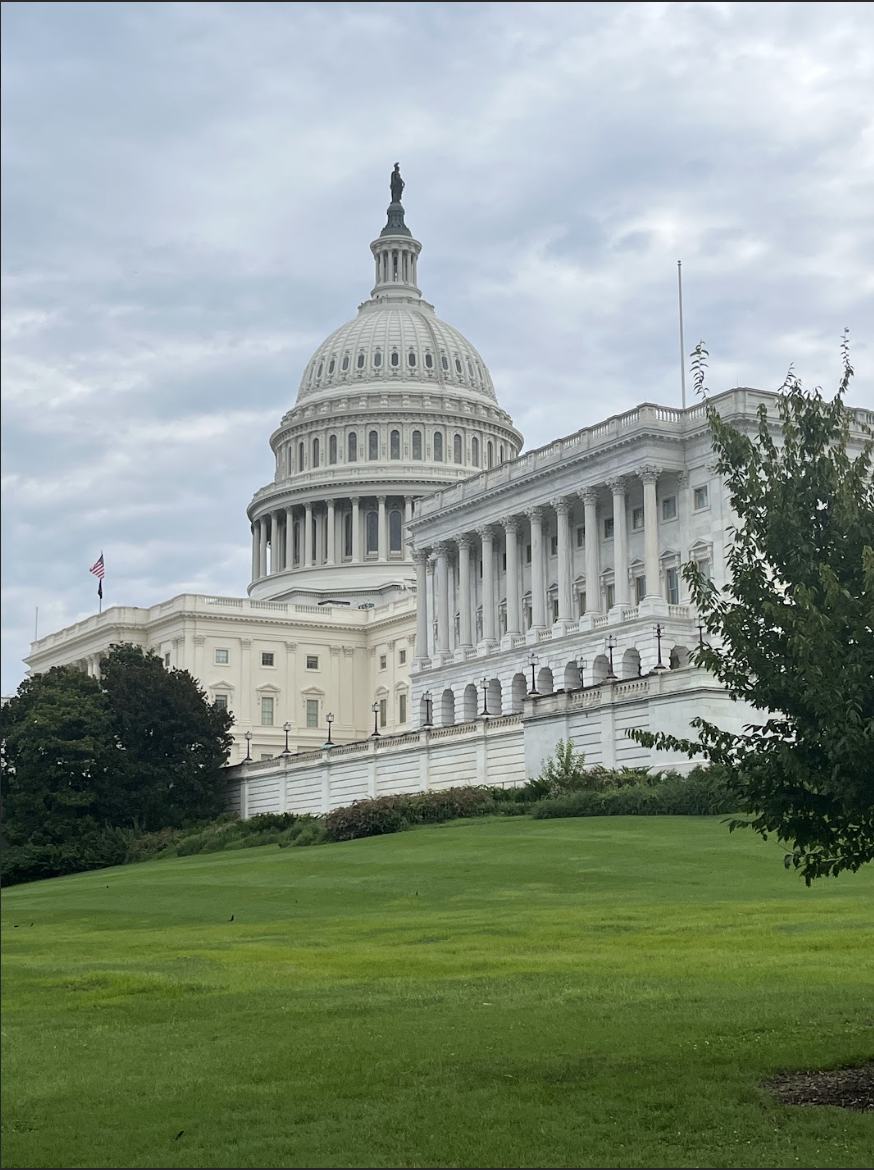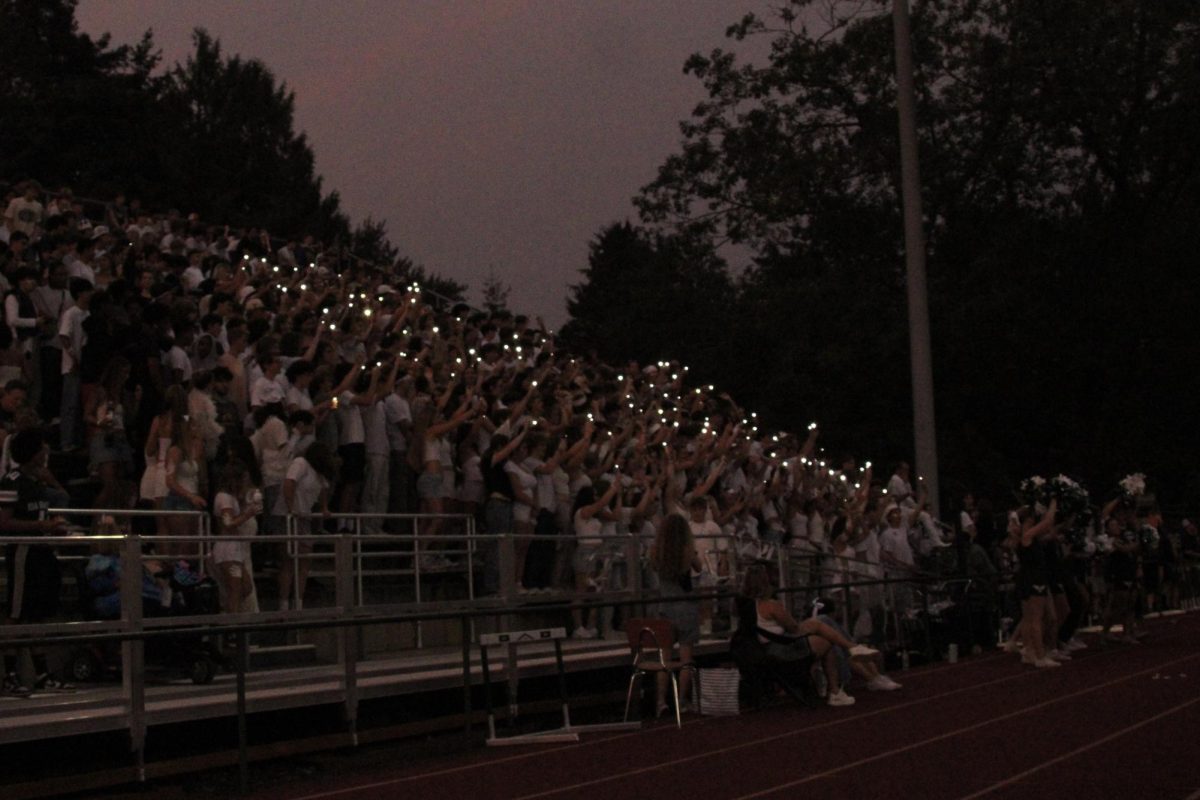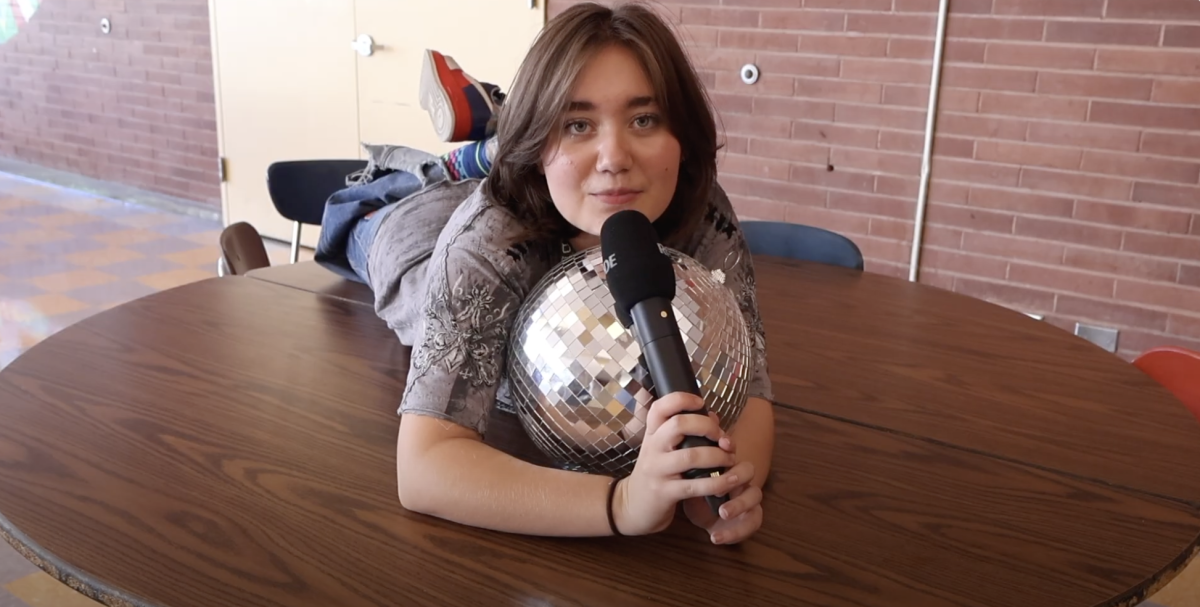On Friday, September 8, 2023, a 6.8 magnitude earthquake struck Morocco, just 45 miles southwest of their fourth-largest city, Marrakesh. So far over 2,900 people have died due to the earthquake, with over 5,500 wounded. The United Nations estimated that 300,000 people have been affected in the region. The quake could be felt as far as Spain, Portugal and Algeria. It is the deadliest earthquake to strike Morocco since a 1960 earthquake in which around 12,000 people died and is the highest magnitude earthquake to strike in 120 years.
Many of the houses in affected areas were on the slopes of the Atlas Mountains, North Africa’s tallest mountain range. The houses were made out of mud bricks and clay, with little reinforcement against earthquakes. Though the government has tried to modernize the infrastructure to make it more earthquake-proof, many houses in impoverished villages remain unreinforced. When the earthquake struck these buildings, they were mostly destroyed, collapsing down mountainsides and into streets. These villages were already isolated, but the earthquake cut off cell service and roads, making these towns very difficult for rescuers to reach. The city of Marrakesh was also severely affected by the earthquake. Many of the ancient buildings of the Marrakesh old town, a UNESCO World Heritage site, toppled into the streets. Most historic mosques, which draw in tourists from all over the world, were unscathed; however, online footage shows the medieval walls cracked. A senior at Ida B. Wells, Fatima Azouz, who had a family friend’s relative residing in Marrakesh during the earthquake, said, “A family friend’s grandpa was in Marrakesh. He lives in a very small, very old house, and when the earthquake happened, his house collapsed, and he was stuck there for a while because he couldn’t get out. Thankfully, not too long, and he was healthy, he was fine.”
In the aftermath of the earthquake, many Moroccans were left homeless. In some hard-to-reach rural areas, rescuers haven’t arrived yet, leaving many Moroccans isolated without food or water. There has been an outpouring of condolences from the international community, coming from all different sorts of countries, including Russia and the United States. Algeria, a regional rival of Morocco, offered to open up its airspace to allow foreign aid to fly into Morocco. Many countries offered to send down aid workers, including Morocco’s former colonizer and the host for the largest Moroccan diaspora in Europe, France. However, only rescue workers from the United Arab Emirates, the United Kingdom, Qatar, and Spain, as well as non-governmental aid organizations, were allowed to help. This drew some criticism, with many seeing the exclusions of certain countries, including France, as politically motivated. The Moroccan government defended itself by explaining that accepting all the aid that they were offered would create confusion and chaos. The king of Morocco was also criticized for his delayed response, only making a statement on the earthquake 12 hours after it struck.
It is estimated that the parts most affected by the earthquake will take five to six years to rebuild. It is unclear how the earthquake will affect Morocco’s tourism industry, one of its biggest money-makers. The Moroccan government has set up a fund of 2 billion Moroccan Dirhams, or 200 million USD, to help victims of the earthquake rebuild. According to the Associated Press, if you want to help Morocco, the best thing to do would be to donate to organizations such as World Central Kitchen (https://wck.org/), Doctors Without Borders (https://www.doctorswithoutborders.org/), GlobalGiving (https://www.globalgiving.org/), the International Federation of Red Cross and Red Crescent Societies (https://www.ifrc.org/).


